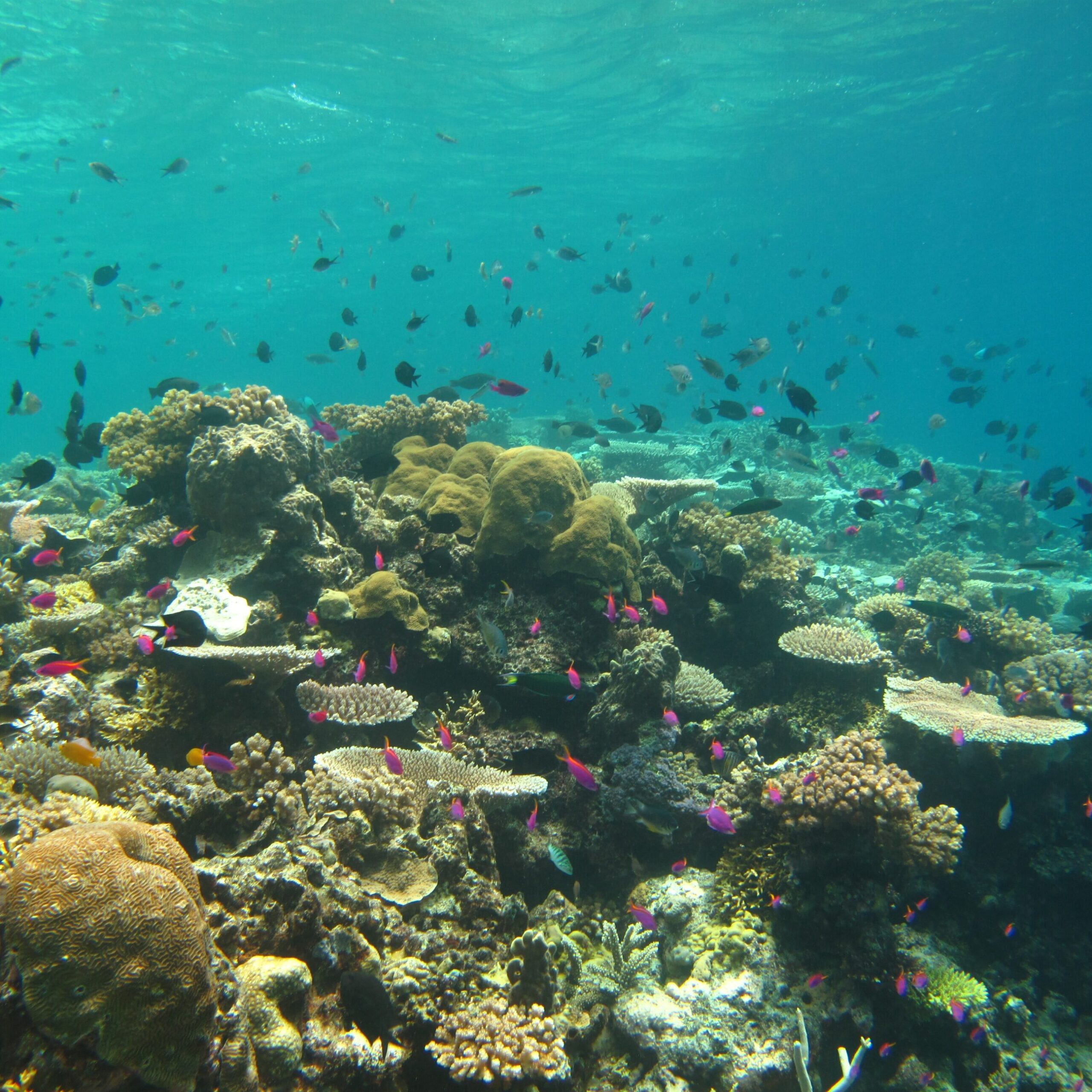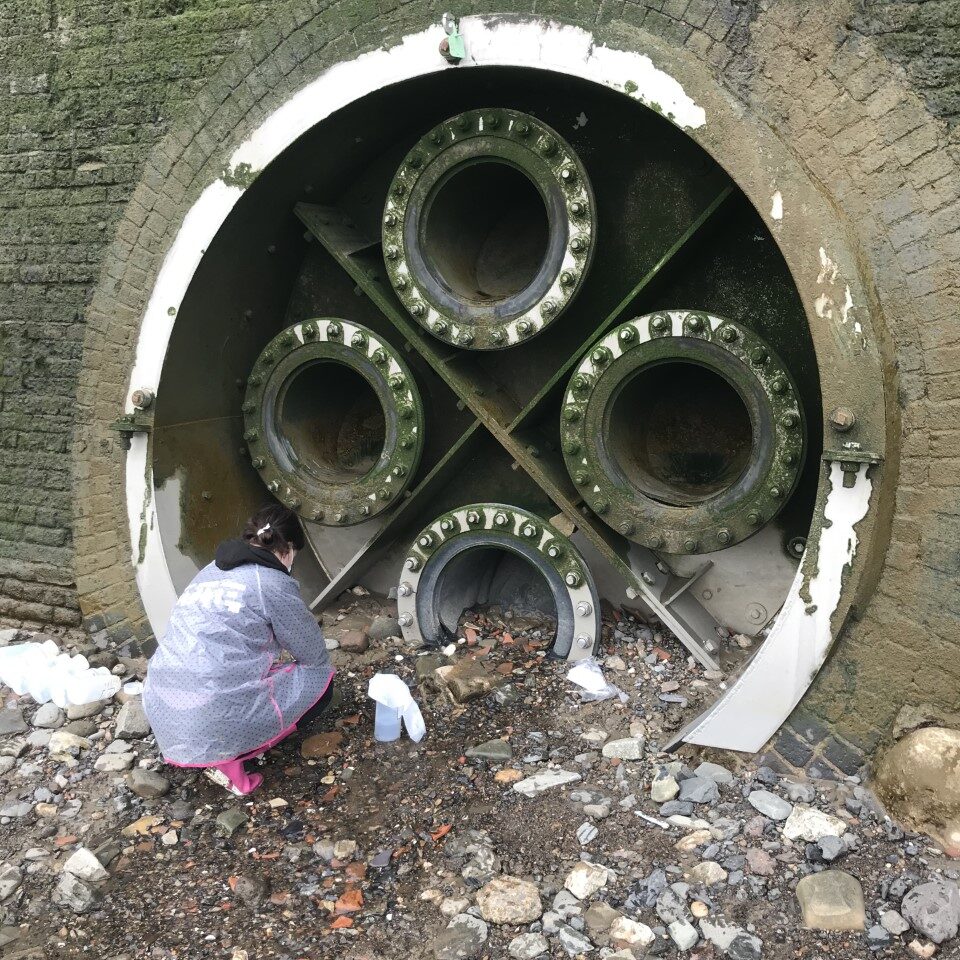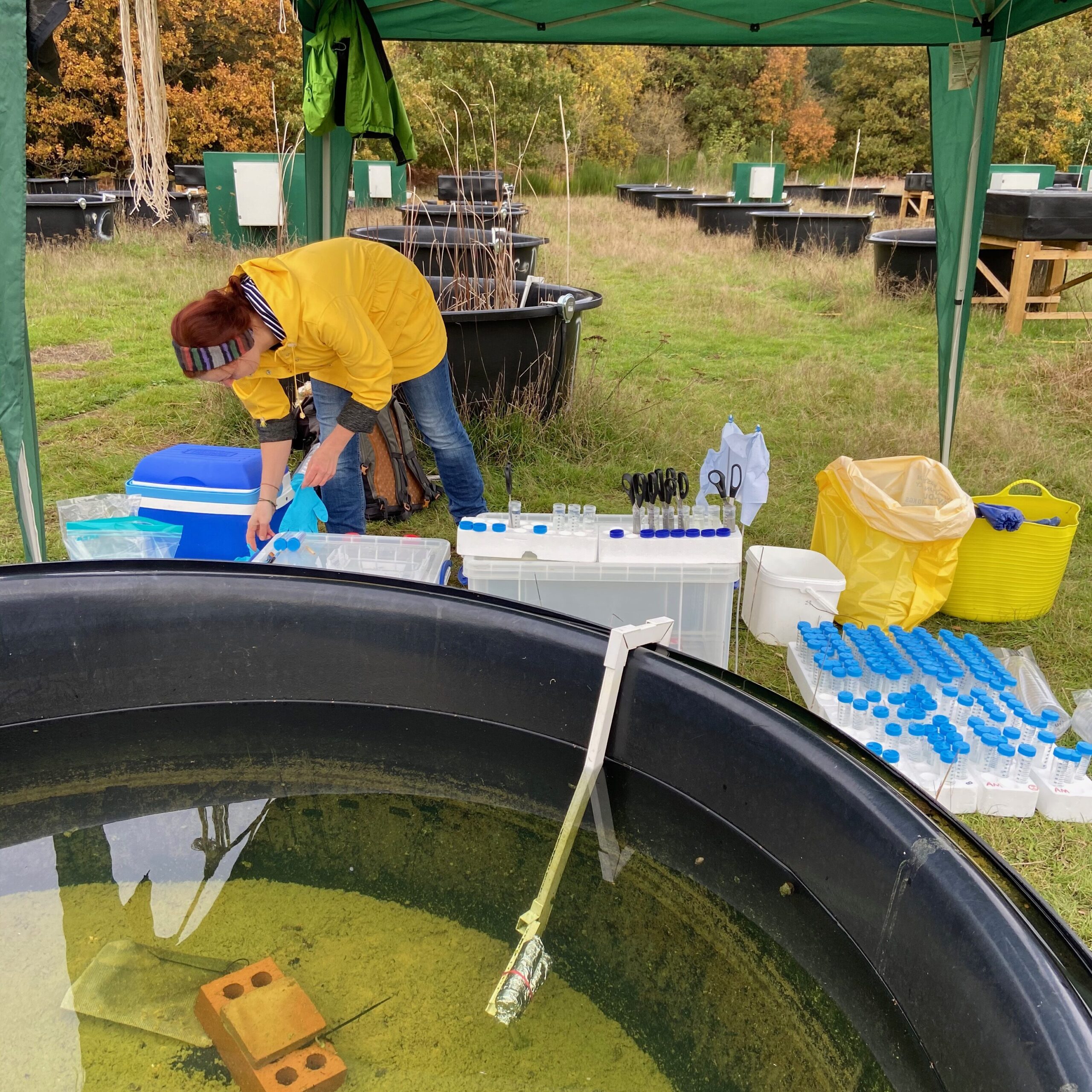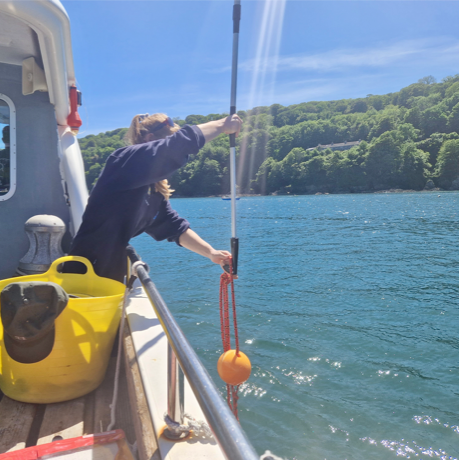Cryptic reef communities and global change

Coral reefs are among the most biologically diverse, complex, and economically valuable ecosystems on earth; tentatively valued at $1 trillion USD annually. These systems are also in global decline and with their loss, we are also losing the goods and services reefs provide. While efforts are being made to establish conservation priorities for halting their decline, we are still fundamentally limited by our inadequate knowledge of what is being lost because the baseline of what of exists on coral reefs is incomplete, as is our knowledge of the complex microbial communities that associate with this unknown diversity. We use a range of standardised techniques (e.g. Autonomous Reef Monitoring Structures), alongside metagenomics and metabolomics, to answer questions, such as: what are the functional roles of these communities, what is the impact of global change on these communities and can we use microbes as early warning systems to determine ecosystem collapse on coral reefs? This work is funded through three PhD studentships in collaboration with the Smithsonian National Museum of Natural History, the Institute of Zoology, Oxford University and NatureMetrics (see Lab Group page for more details). Image shows reefs in Papua New Guinea which we sampled in 2015.
Viral ecology

Our interest in aquatic microbial communities extends to the little understood but extraordinarily abundant viral component of these ecosystems. Viruses have been mostly ignored in community ecology and ecosystem modelling because their ecology has remained enigmatic until the recent advent of new molecular approaches. For example, viruses that “prey” on bacteria (bacteriophage) are responsible for 10-50% of bacterial mortality in marine systems, altering bacterial community structure and redirecting nutrients and energy away from the higher trophic levels and back into the microbial food web. However, despite the growing recognition that viruses play key roles in shaping ecosystems, the impact environmental change has on viral interactions with other organisms remains poorly understood. This unexplored area in ecology is arguably one of our biggest blind-spots in advancing a truly holistic approach to ecosystem biology. As such, this is a growing area of research in our lab. Image shows Faye sampling CSOs in April 2021.
We have recently used our expertise in this area to understand the potential transmission of SARS-CoV-2 in the environment via sewage, wildlife, and air pollution. This work has involved setting up a CL3 facility to study SARS-CoV-2 as infectious particles and testing novel technologies to monitor pathogens in the environment. This work is currently funded through an Innovate UK grant, and a collaboration with the Accelerated Capability Environment (ACE), a Home Office capability within the Homeland Security Group.
Microbial interactions in a changing world

Aquatic environments are facing a multitude of stressors, and it is becoming increasingly apparent that stressor impacts may be strongly interdependent on each other. However, we currently know little about the impact of multiple stressors on complex communities in freshwater and marine systems, or about the importance of community structure and environmental history in resisting environmental stress. The traditional focus on single stressors, and single key stone species (e.g. fish), unsurprisingly misses key information on the interactive effects of stressors and species. The Ransome lab works across scales (laboratory experiments, to large-scale mesocosm experiments (e.g. the Silwood Mesocosm Facility)) to understand the interactions between multiple stressors and microbial communities. This work is funded through a NERC grant (PI Woodward), in collaboration with multiple collaborators at Imperial and elsewhere (Bell, Pawar, Dumbrell, Jackson). Image shows Silwood Park mesocosm sampling May 2019.
Seagrass restoration

In a new area of research for the Ransome lab, we are working with Ocean Conservation Trust (OCT) and the Blue Meadows Project to understand the how and where to restore seagrass most efficiently. This work involves understanding the interactions between microbial communities and environmental factors in contributing to seagrass health, and understanding the variability in long-term carbon storage in seagrass sediments. We are particularly interested in the role of microbial probiotics in creating productive seagrass nurseries for restoration. This work is funded through the Blue Meadows Project and an Imperial-OCT FSRF grant. Image shows Laura collecting seagrass cores in Plymouth, UK, May 2022.